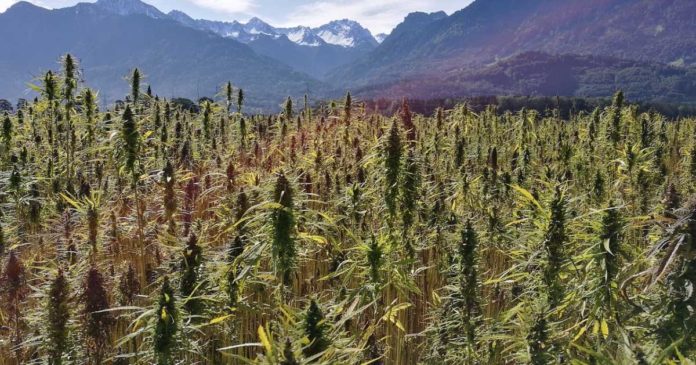The U.S. Department of Agriculture announced this week some of the nation’s industrial hemp growers will be able to obtain crop insurance.
Crop insurance in the USA is subsidised by the federal government and protects against the loss of crops due to natural disasters, the loss of revenue resulting in a drop in prices of agricultural commodities and other risks. Administered by the Risk Management Agency (RMA), it has been available to most farmers since 1938 and today covers 100 different crops. But up until now, not including hemp – this has been grown without any sort of safety net.
Among the provisions of the 2018 Farm Bill signed into law last year was allowing insurance coverage for hemp farmers. More than 8 months has passed and the wheels of government can turn rather slowly at times; but better late than never.
The USDA says coverage will begin under the Whole-Farm Revenue Protection (WFRP) program in earnest for crop year 2020. However, producers eligible for WFRP coverage now are those part of a Section 7606 state or university research pilot as authorized by the 2014 Farm Bill.
Others will have to wait until a USDA-approved plan is in place.
“Numerous producers are anxious for a way to protect their hemp crops from natural disasters,” said RMA Administrator Martin Barbre. “The WFRP policy will provide a safety net for them. We expect to be able to offer additional hemp coverage options as USDA continues implementing the 2018 Farm Bill.”
USDA’s Agricultural Marketing Service (AMS), which is the lead USDA agency to administer its new Hemp Production Program, is developing the regulation now. It anticipates it will be published in the Federal Register later this year, in time to accommodate the 2020 planting season.
To gain coverage, growers will need to (among other requirements):
- comply with applicable state, tribal or federal regulations for hemp production.
- have a contract of sale for the industrial hemp to be insured.
Hemp grown for fiber, flower or seeds will be eligible for coverage, but THC levels must remain below 0.3 percent or less tetrahydrocannabinol (THC) on a dry weight basis.


